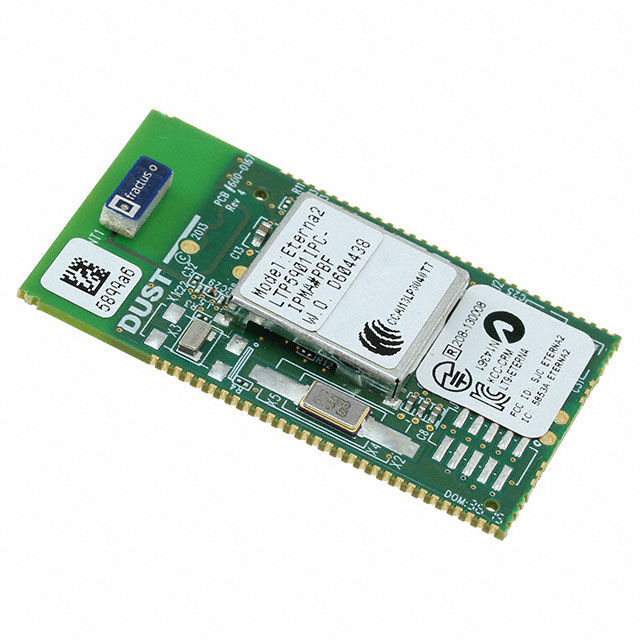Why Are Linear Bearings Essential for Smooth and Accurate Motion?
- joddiemarshall6
- Jul 10
- 4 min read
Understanding Linear Bearings in Mechanical Systems
Linear bearings are mechanical components that enable precise linear movement along a defined path with minimal resistance. Their function is vital in systems that demand accuracy, efficiency, and smooth motion, especially in high-speed or high-repetition operations.
Used extensively in engineering applications, linear bearings support loads and reduce friction between moving parts. Whether it's in robotics, manufacturing, or laboratory equipment, these bearings ensure dependable linear travel, enhancing both performance and operational life.
What Makes Linear Bearings Function Efficiently?
Linear bearings are engineered to support motion in one axis, allowing a component or assembly to move with ease. Most bearings include a carriage that slides or rolls along a rail or shaft, depending on the design. The main goal is to reduce friction and maintain consistent contact between the moving and stationary parts.
This is achieved through the use of:
Rolling elements such as balls or rollers
Lubricated surfaces or self-lubricating materials
Tight tolerance designs that ensure stability and smooth travel
By facilitating low-resistance motion, these components improve system responsiveness and reduce mechanical wear over time.
What Types of Linear Bearings Are Available?
Various types of linear bearings cater to different environments, load requirements, and application demands. Some of the most widely used options include:
Ball Bearing Linear Guides
Feature a block and rail with ball bearings recirculating inside the block.
Offer high accuracy, low friction, and smooth operation.
Used in 3D printers, CNC routers, and pick-and-place machines
Linear Sleeve Bearings
Operate on sliding motion without rolling elements.
Constructed from low-friction materials such as bronze or polymer
Ideal for dirty, dusty, or corrosive environments
Crossed Roller Bearings
Utilise cylindrical rollers arranged perpendicularly in a V-groove track.
Deliver high rigidity and load-bearing capacity.
Suitable for precision instruments and optical devices
Miniature Linear Bearings
Compact solutions for space-constrained applications
Often used in semiconductor tools, lab automation, and consumer electronics.
Air Linear Bearings
Float on a cushion of compressed air..
Eliminate physical contact, enabling zero friction
Preferred for ultra-high precision environments like inspection systems
Where Are Linear Bearings Commonly Used?
Linear bearings play a crucial role in industries where high precision and consistent performance are essential. Some primary application sectors include:
Industrial Automation – Ensures precision alignment in automated machines.
Medical Equipment – Used in imaging devices, diagnostic machines, and lab analysers
Aerospace Systems – Provides smooth movement in instruments and control surfaces.
Printing and Packaging – Offers high-speed, accurate motion for conveyor and feeding systems.
Automotive Manufacturing – Powers robotics and linear actuators in assembly lines
Semiconductor Fabrication – Facilitates micron-level accuracy in lithography tools.
What Are the Benefits of Using Linear Bearings?
When integrated correctly, linear bearings offer a multitude of performance advantages that enhance machine reliability and user experience:
High Speed and Low Friction – Allow rapid motion without generating excessive heat
Exceptional Precision – Ensure consistent movement with minimal deviation
Compact Designs – Fit into tight spaces while still supporting substantial loads
Reduced Maintenance – Self-lubricating models require minimal upkeep.
Longevity – Designed to handle millions of cycles in repetitive-use environments
Noise Reduction – Operate quietly, which is essential in lab and office equipment
What Factors Should Be Considered When Choosing a Linear Bearing?
Choosing the correct linear bearing depends on several crucial technical and environmental factors. A well-informed selection helps avoid performance issues and ensures compatibility with your system's requirements.
Load Capacity – Understand static and dynamic load ratings.
Travel Distance – Consider the range of linear motion needed
Installation Constraints – Ensure proper fit in the mechanical layout
Operating Environment – Check for dust, moisture, temperature, and vibration levels
Lubrication Type – Determine if periodic lubrication or self-lubrication is ideal
Speed Requirements – Match bearing type to desired velocity and acceleration
What Materials Are Used in Linear Bearing Construction?
The choice of material plays a crucial role in determining the performance, lifespan, and suitability of linear bearings. Key materials include:
Stainless Steel – Offers corrosion resistance and strength, suitable for harsh environments.
Aluminium Alloys – Lightweight and non-magnetic, often used in automation and aerospace.
Engineering Plastics – Provide smooth motion and eliminate the need for lubrication
Bronze and Brass – Common in plain sleeve bearings for their durability and conductivity
Ceramic Coatings – Improve wear resistance and thermal stability
How Can Linear Bearings Improve System Performance?
Integrating the correct linear bearing can significantly enhance the efficiency of mechanical systems. These components contribute to:
Energy Efficiency – Less friction means reduced power usage.
Operational Accuracy – Better alignment translates to better product quality
Wear Resistance – Lower wear extends equipment service intervals.
Compact Integration – Optimised designs reduce the overall size of machinery.
With minimal play or backlash, systems equipped with linear bearings often demonstrate higher precision and smoother transitions than those using traditional slide mechanisms.
How to Maintain Linear Bearings for Longevity?
Although many modern linear bearings are designed for minimal maintenance, proper maintenance is still essential for ensuring peak performance and durability. Maintenance routines may include:
Routine Cleaning – Keeps debris out of the rail and moving parts.
Timely Lubrication – Prevents metal contact and reduces friction.
Alignment Checks – Avoids excessive stress from misaligned components.
Monitoring Load Conditions – Prevents overloading, which can accelerate failure
Replacement of Worn Parts – Swapping out blocks or shafts when wear is detected
Final Thoughts
Linear bearings are a cornerstone in modern mechanical design, providing unparalleled motion control across various industries. Their precision, smooth operation, and adaptability make them ideal for systems that demand efficiency and accuracy.
Whether you're designing a high-speed assembly line or a delicate medical device, understanding the types, benefits, and applications of linear bearings will help you select the right solution for your needs. As technology continues to evolve, these bearings will remain pivotal in supporting the next generation of innovative, automated machinery.



Comments